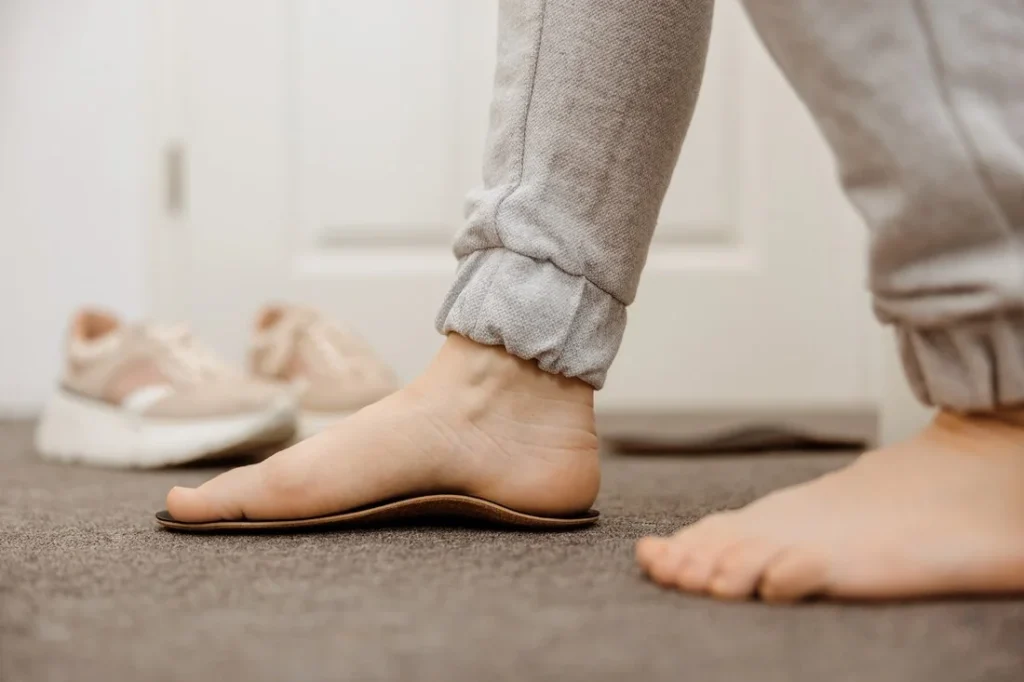Plantar Fasciitis

Plantar Fasciitis Specialist
Plantar fasciitis can cause significant foot pain, especially among older patients and athletes. As a top podiatrist in San Francisco, CA, Dr. Co helps patients from throughout the Duboce Triangle neighborhood relieve the pain and inflammation of plantar fasciitis so they can move with comfort.
Plantar Fasciitis Q & A
What is plantar fasciitis?
Plantar fasciitis is an inflammation of the strong, tough band of tissue that extends across the bottom of your foot from the base of the toes (the fleshy ball of the foot) to the heel. The plantar fascia provides support and flexibility for the entire midsection of the foot, including the arch. Sometimes, this band of tissue can become irritated and inflamed, causing the condition known as plantar fasciitis. Plantar fasciitis becomes much more common with age, and it's also more common among people who spend long periods of time standing and among athletes whose feet are subjected to repetitive impacts. People who are overweight or obese are also more likely to have plantar fasciitis as a result of the increased pressures on the midfoot region, and heel spurs can also contribute to irritation and inflammation of the plantar fascia.
What symptoms does plantar fasciitis cause?
Plantar fasciitis causes pain in the bottom and side of the foot and the heel area. Painful symptoms can range from mild to severe, and they're much more noticeable when getting up and moving after a long period of resting; in fact, they're the most common cause of chronic morning foot pain. Movement helps “warm up” the plantar fascia and relieve symptoms temporarily, but they'll return after another period of resting or sitting still.
How is plantar fasciitis diagnosed?
Plantar fasciitis usually can be diagnosed with a simple physical examination of the foot, but in a few cases, diagnostic imaging may be ordered to rule out other issues like tiny fractures or arthritic joint damage that can cause similar symptoms.
How is plantar fasciitis treated?
Plantar fasciitis can almost always be successfully treated conservatively. Gentle therapeutic stretching exercises and use of special splints help restore flexibility and promote healing in the inflamed tissues and injections of corticosteroid and pain medications can relieve symptoms as well as reduce inflammation. Many people benefit from the use of custom orthotics to provide superior support and reduce strain on the plantar fascia. In rare cases, surgery may be needed to remove heel spurs or to reposition the plantar fascia.
Insurance Providers
We accept Medicare and most PPO insurance plans. For questions about insurance, please contact the office.



